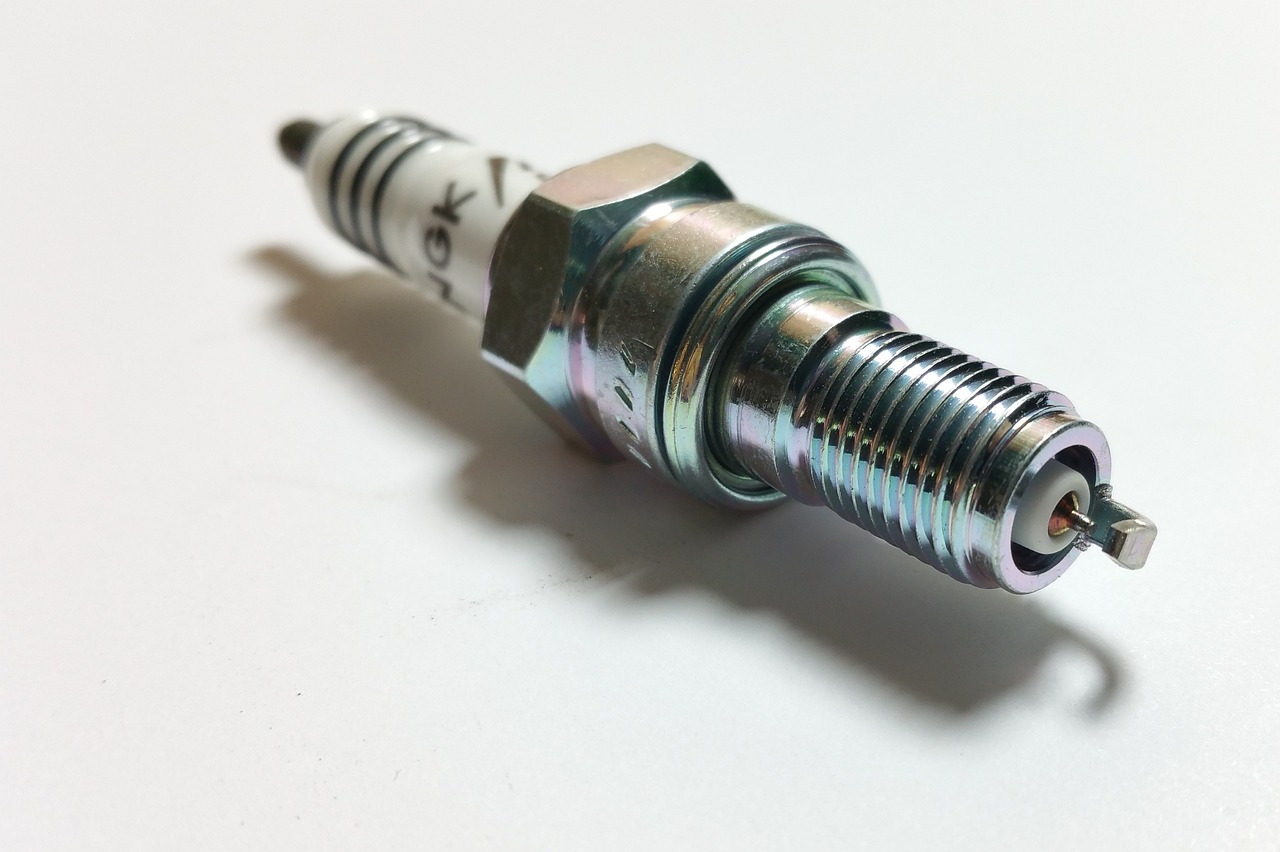Spark ignition and Compression ignition engine Difference

Spark ignition and compression ignition engines are
two different types of internal combustion engines that operate based on different
combustion principles.
Spark ignition engines, also known as gasoline engines, use a spark plug to
ignite a mixture of air and fuel in the engine's combustion chamber. This type
of engine is commonly used in vehicles that run on gasoline, such as cars and
motorcycles. Spark ignition engines are designed to operate at high speeds and
produce high power output, making them suitable for sports cars and other
high-performance vehicles.
Compression ignition engines, also known as diesel engines, rely on the high
temperature and pressure generated by the compression of air in the engine's
combustion chamber to ignite the fuel. This type of engine is commonly used in
heavy-duty applications, such as trucks and construction equipment. Compression
ignition engines are known for their fuel efficiency and ability to produce
high torque, making them ideal for hauling heavy loads over long distances.
The main difference between spark ignition and compression
ignition engines is the way in which the fuel is ignited in the combustion
chamber. While spark ignition engines use a spark plug to ignite the fuel,
compression ignition engines rely on the heat generated by the compression of
air in the combustion chamber to ignite the fuel.
Various differences between spark ignition and compression
ignition engines:
Here
are the key differences between spark ignition and compression ignition
engines:
1.
Combustion
principle: Spark ignition engines
use a spark plug to ignite the air-fuel mixture in the combustion chamber,
while compression ignition engines rely on the heat generated by the
compression of air in the combustion chamber to ignite the fuel.
2.
Fuel type: Spark ignition engines are designed to run on
gasoline, while compression ignition engines are designed to run on diesel
fuel.
3.
Compression ratio: Spark ignition engines have a lower compression
ratio than compression ignition engines. Typically, the compression ratio for a
spark ignition engine is between 8:1 to 12:1, while the compression ratio for a
compression ignition engine is between 14:1 to 24:1.
4.
Power output: Spark ignition engines are generally more powerful
than compression ignition engines of similar size. This is because spark
ignition engines can operate at higher speeds and produce more horsepower,
while compression ignition engines are designed for high torque and fuel
efficiency.
5.
Fuel efficiency: Compression ignition engines are more fuel-efficient
than spark ignition engines due to their higher compression ratio and leaner
fuel-air mixture.
6.
Emissions: Spark ignition engines produce more emissions than
compression ignition engines, particularly with regard to nitrogen oxides (NOx)
and particulate matter (PM).
7.
Applications: Spark ignition engines are commonly used in cars,
motorcycles, and other light-duty applications, while compression ignition
engines are used in heavy-duty applications such as trucks, buses, and
construction equipment.
Overall,
the choice between a spark ignition and compression ignition engine depends on
the specific application and the required power output, fuel efficiency, and
emission levels.
Here are some multiple-choice
questions (MCQs) with answers related to spark ignition and compression
ignition engines:
1. What is the main difference between spark ignition and
compression ignition engines?
A)
The type of fuel used B) The combustion principle C) The compression ratio D)
The power output
Answer: B) The combustion
principle
2. Which type of engine is more fuel-efficient?
A) Spark ignition engine B) Compression
ignition engine C) Both engines are equally fuel-efficient D) It depends on the
specific application
Answer: B) Compression
ignition engine
3. What is the typical compression ratio for a spark
ignition engine?
A)
6:1 to 8:1 B) 8:1 to 12:1 C) 12:1 to 14:1 D) 14:1 to 24:1
Answer: B) 8:1 to 12:1
4. Which type of engine is commonly used in heavy-duty
applications such as trucks and buses?
A)
Spark ignition engine B) Compression ignition engine C) Both engines are used
equally in heavy-duty applications D) It depends on the specific application
Answer: B) Compression
ignition engine
5. Which type of engine produces more emissions?
A)
Spark ignition engine B) Compression ignition engine C) Both engines produce
similar levels of emissions D) It depends on the specific application
Answer: A) Spark ignition
engine
Some short questions:
1. What is the combustion principle used in spark
ignition engines?
Answer: Spark ignition engines use a spark plug to ignite
the air-fuel mixture in the combustion chamber.
2. What is the fuel type used in compression ignition
engines?
Answer: Compression ignition engines are designed to run on
diesel fuel.
3. What is the typical compression ratio for spark
ignition engines?
Answer: The compression ratio for spark ignition engines
typically ranges from 8:1 to 12:1.
4. Which type of engine is more powerful, spark ignition
or compression ignition?
Answer: Spark ignition engines are generally more powerful
than compression ignition engines of similar size.
5. Which type of engine is more fuel-efficient, spark
ignition or compression ignition?
Answer: Compression ignition engines are more fuel-efficient
than spark ignition engines due to their higher compression ratio and leaner
fuel-air mixture.
6. Which type of engine produces more emissions, spark
ignition or compression ignition?
Answer: Spark ignition engines produce more emissions than
compression ignition engines, particularly with regard to nitrogen oxides (NOx)
and particulate matter (PM).
7. In which type of applications are spark ignition
engines commonly used?
Answer: Spark ignition engines are commonly used in cars,
motorcycles, and other light-duty applications.











19 Comments
BAK/21/CH/004
BAK/21/CH/053